As reiterated by shark tank star, Kevin O’Leary, cryptocurrencies can be viewed as software, with people and systems running the modus operandi in the background of all the price action. Let's have a look into the two most popular consensus mechanisms that are the underlying technology of how cryptocurrency transactions are carried out.
What is a Consensus Mechanism
A consensus mechanism is simply a way for parties to agree on something. In this case, it is the standard method or system in which nodes—interconnected computers on a blockchain network— come to an agreement on which transactions carried out within the Blockchain are valid or invalid. The consensus mechanism manages all these nodes within the network by imposing a set of rules which ensures that they are in sync and coordinated, and do not carry out malicious or fraudulent verification processes.
The expansion of the application of Blockchain has brought about the emergence of several other consensus mechanisms, some of which include;
- Proof of Work (PoW)
- Proof of Stake (PoS)
- Delegated Proof of Stake (DPoS)
- Proof of History (PoH)
- Proof of Authority (PoA)
- Proof of Activity (PoA)
- Proof of View (PoV)
- Proof of Capacity (PoC)
- Proof of Coverage (PoC)
And many others…
What is Proof of Work(PoW)?
Proof of work, otherwise known simply as “PoW” is a method used in distributed ledger technology to agree on the state of a blockchain and create new blocks in an efficient, secure and decentralized manner. PoW is one of the most common consensus mechanisms for blockchains that is currently adopted by many cryptocurrencies including Bitcoin, Ethereum, and other similar coins, but there are other ways to achieve consensus as well.
It refers to the idea that miners participate in a sort of competition to solve complex mathematical problems (called hashes) that normally require significant amounts of computing power before they are allowed to add new blocks to an ever-growing chain of blocks known as a blockchain. These blocks that have been added to the chain can be accessed by other miners who will be able to read the blocks and verify the transactions and see “proof” that the “work” was done before appending the transactions. After this is done, the transaction becomes successful and the miner is rewarded for completing the puzzle and being part of the verification process.
The primary objective of the proof of work mechanism is to ensure the security of the network by preventing cases of double spending, where a user spends the same coins more than once.
Here is how it works.
The mathematical puzzles that are to be solved are generated automatically by the software, which also generates a new block periodically. Each block contains a set of transactions that are initiated within the set period and has a maximum number of transactions that can be on a single block. For Bitcoin, a new block is generated every ten minutes and has a maximum limit of 4000 transactions per block.
After miners verify the transactions, they determine whether they are valid or not, depending on the parameters laid out in the software or protocol. If the transactions check out, then he can accept it, but if a miner finds something that seems wrong with one of these transactions, then he can reject it. For instance, if a miner notices that an input value was larger than expected, he can reject it and return his solution for another miner to try and solve as a new block.
Other nodes on the network can then check whether this solution is correct; if it is, all nodes accept this new block as part of their shared history, and all miners start working on solving the next puzzle. The more hashes per second that can be achieved by mining hardware in general, the better chance there will be of finding one at any given moment.
What is Proof of Stake(PoS)?
Proof of stake, which can also be referred to as “PoS” is a method of consensus that involves the use of validators who stake their cryptocurrency to complete transactions on the blockchain. This mechanism was created as an alternative to the heavy computing requirements and energy consumption of the PoW consensus and is being used by cryptocurrencies like Polkadot, Solana, Cardano, Tezos, and others. The method is also to be adopted by Ethereum as it plans to move from PoW, primarily owing to large transaction fees.
Here is how it works.
Staking is the underlying principle here. Participants who wish to be a part of the process must deposit coins into the network for a fixed period for a chance to be selected by the algorithm as a node that can add a block to the chain. These nodes are known as “validators” since they do not require solving cryptographic puzzles but agree on which transactions are valid or not and are rewarded in the native token of their networks.
The chance of being selected depends on the size of the stake of the node participating, at the start of the project. So, the higher the stake, the higher the chance of being chosen as the next block writer and next validator and vice versa. This process increases the scalability of the network since more transactions can be processed in a shorter period, and gives everyone a chance to be rewarded based on their weights within the network, making it more democratic and inclusive.
Although, it is also important to note that there is usually a certain number of coins required to be stake to become a validator than can vote to advance the network. This can vary across networks, and can range from small amounts which are cheap to larger sums that are expensive. When the Ethereum (ETH) network transitions from PoW to PoS, for instance, validators will be required to stake 32 ETH to participate.
Difference between Proof of Work (PoW) and Proof of Stake (PoS)
Both consensus mechanisms have their fair share of pros and cons, and while they share the common similarities of approving transactions and maintaining a level of security in the blockchain, they also have clear differences which can greatly affect the cryptocurrencies that adopt them.
| PoW |
PoS |
| Involves miners to use computation work to mine a new block to receive block rewards. |
Involves validators who stake coins to validate a new block to receive network fees as reward. |
| PoW creates new coins in the process. |
PoS does not because all coins are created in the beginning of the project |
| PoW is more complex with mathematical problems, requires large energy consumption in the form of computing power, and is more time consuming |
PoS is less complicated and consumes way less energy since it only requires staking owned coins to be a part of the process, and requires way less time. |
| More secure since mining is external and can be censored. Plus it would be hard to own enough computing power to manipulate a full-blown cryptocurrency. |
Less secure since validation is done within the ledger, making it prone to censorship and risking the possibility of control over staking power |
| Less environmentally friendly due to the need for mining farms to consume lots of electricity |
More environmentally friendly since mining farms are not required and far less electricity is used. |
Read Also: From Being Digital To Being Tactile, Tiffany & Co Unveils NFT Pendants
Bottom Line
Both of these mechanisms have pros and cons, and as such, one cannot be preferred over the other. Networks have attempted to combine mechanisms, and take certain aspects that they deem relevant, some plan to move to other mechanisms in the hope of finding a better solution, and some have developed entirely new ones tailored to meet the specific needs of their projects.
Storing your cryptocurrencies in online wallets, exchanges and software wallets exposes you to risks of being hacked. Consider storing them in a hardware wallet today
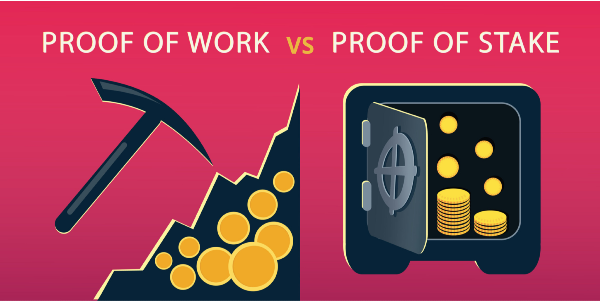





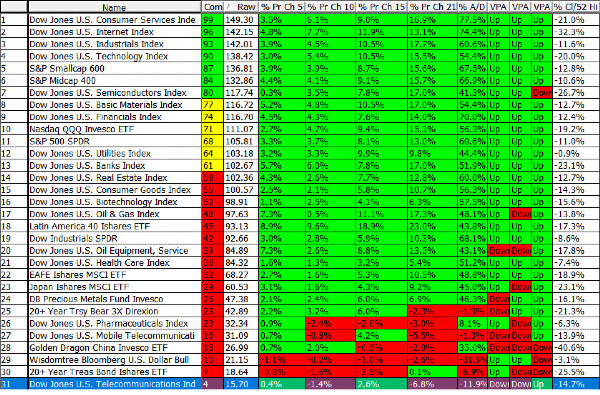




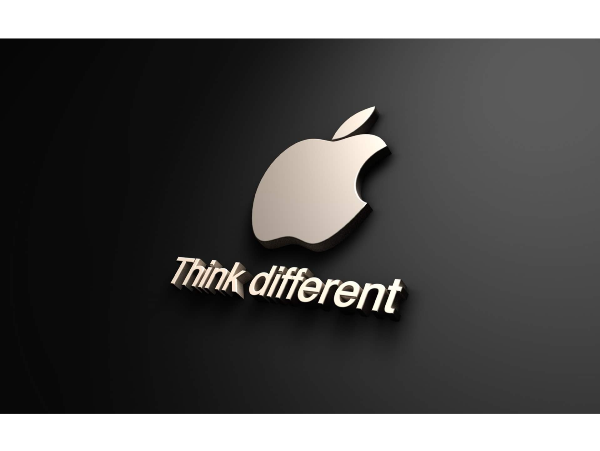
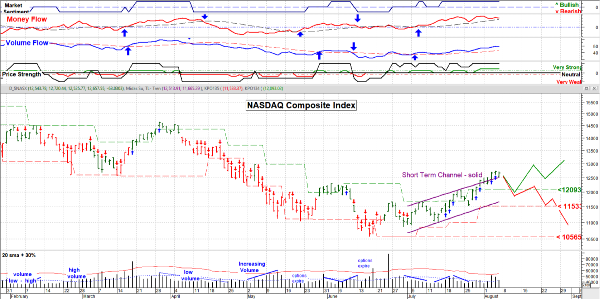
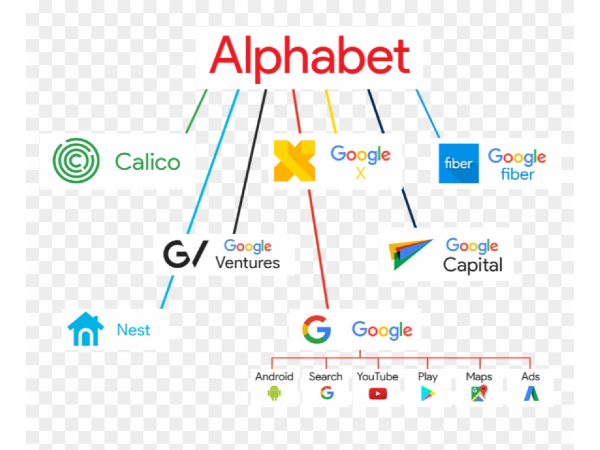



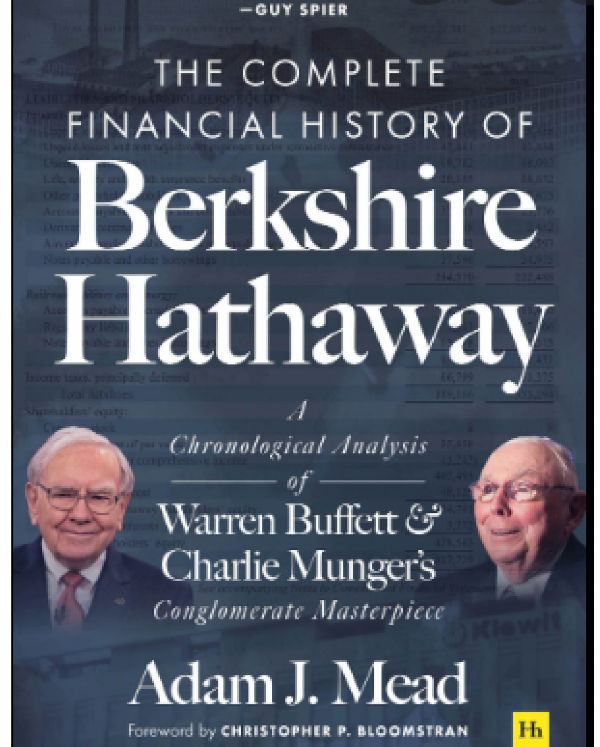


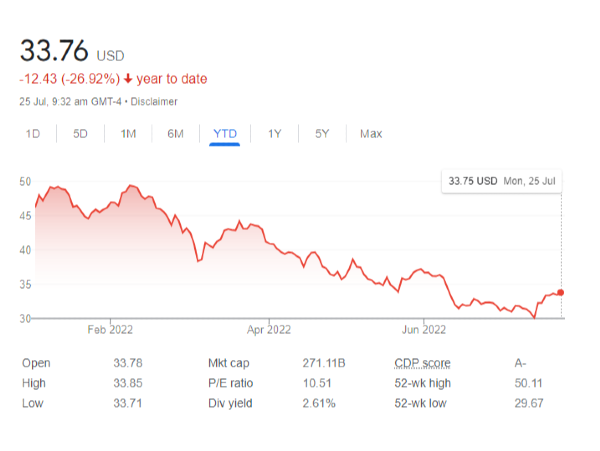









As reiterated by shark tank star, Kevin O’Leary, cryptocurrencies can be viewed as software, with people and systems running the modus operandi in the background of all the price action. Let's have a look into the two most popular consensus mechanisms that are the underlying technology of how cryptocurrency transactions are carried out.
What is a Consensus Mechanism
A consensus mechanism is simply a way for parties to agree on something. In this case, it is the standard method or system in which nodes—interconnected computers on a blockchain network— come to an agreement on which transactions carried out within the Blockchain are valid or invalid. The consensus mechanism manages all these nodes within the network by imposing a set of rules which ensures that they are in sync and coordinated, and do not carry out malicious or fraudulent verification processes.
The expansion of the application of Blockchain has brought about the emergence of several other consensus mechanisms, some of which include;
And many others…
What is Proof of Work(PoW)?
Proof of work, otherwise known simply as “PoW” is a method used in distributed ledger technology to agree on the state of a blockchain and create new blocks in an efficient, secure and decentralized manner. PoW is one of the most common consensus mechanisms for blockchains that is currently adopted by many cryptocurrencies including Bitcoin, Ethereum, and other similar coins, but there are other ways to achieve consensus as well.
It refers to the idea that miners participate in a sort of competition to solve complex mathematical problems (called hashes) that normally require significant amounts of computing power before they are allowed to add new blocks to an ever-growing chain of blocks known as a blockchain. These blocks that have been added to the chain can be accessed by other miners who will be able to read the blocks and verify the transactions and see “proof” that the “work” was done before appending the transactions. After this is done, the transaction becomes successful and the miner is rewarded for completing the puzzle and being part of the verification process.
The primary objective of the proof of work mechanism is to ensure the security of the network by preventing cases of double spending, where a user spends the same coins more than once.
Here is how it works.
The mathematical puzzles that are to be solved are generated automatically by the software, which also generates a new block periodically. Each block contains a set of transactions that are initiated within the set period and has a maximum number of transactions that can be on a single block. For Bitcoin, a new block is generated every ten minutes and has a maximum limit of 4000 transactions per block.
After miners verify the transactions, they determine whether they are valid or not, depending on the parameters laid out in the software or protocol. If the transactions check out, then he can accept it, but if a miner finds something that seems wrong with one of these transactions, then he can reject it. For instance, if a miner notices that an input value was larger than expected, he can reject it and return his solution for another miner to try and solve as a new block.
Other nodes on the network can then check whether this solution is correct; if it is, all nodes accept this new block as part of their shared history, and all miners start working on solving the next puzzle. The more hashes per second that can be achieved by mining hardware in general, the better chance there will be of finding one at any given moment.
What is Proof of Stake(PoS)?
Proof of stake, which can also be referred to as “PoS” is a method of consensus that involves the use of validators who stake their cryptocurrency to complete transactions on the blockchain. This mechanism was created as an alternative to the heavy computing requirements and energy consumption of the PoW consensus and is being used by cryptocurrencies like Polkadot, Solana, Cardano, Tezos, and others. The method is also to be adopted by Ethereum as it plans to move from PoW, primarily owing to large transaction fees.
Here is how it works.
Staking is the underlying principle here. Participants who wish to be a part of the process must deposit coins into the network for a fixed period for a chance to be selected by the algorithm as a node that can add a block to the chain. These nodes are known as “validators” since they do not require solving cryptographic puzzles but agree on which transactions are valid or not and are rewarded in the native token of their networks.
The chance of being selected depends on the size of the stake of the node participating, at the start of the project. So, the higher the stake, the higher the chance of being chosen as the next block writer and next validator and vice versa. This process increases the scalability of the network since more transactions can be processed in a shorter period, and gives everyone a chance to be rewarded based on their weights within the network, making it more democratic and inclusive.
Although, it is also important to note that there is usually a certain number of coins required to be stake to become a validator than can vote to advance the network. This can vary across networks, and can range from small amounts which are cheap to larger sums that are expensive. When the Ethereum (ETH) network transitions from PoW to PoS, for instance, validators will be required to stake 32 ETH to participate.
Difference between Proof of Work (PoW) and Proof of Stake (PoS)
Both consensus mechanisms have their fair share of pros and cons, and while they share the common similarities of approving transactions and maintaining a level of security in the blockchain, they also have clear differences which can greatly affect the cryptocurrencies that adopt them.
Read Also: From Being Digital To Being Tactile, Tiffany & Co Unveils NFT Pendants
Bottom Line
Both of these mechanisms have pros and cons, and as such, one cannot be preferred over the other. Networks have attempted to combine mechanisms, and take certain aspects that they deem relevant, some plan to move to other mechanisms in the hope of finding a better solution, and some have developed entirely new ones tailored to meet the specific needs of their projects.
Storing your cryptocurrencies in online wallets, exchanges and software wallets exposes you to risks of being hacked. Consider storing them in a hardware wallet today